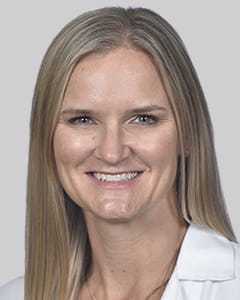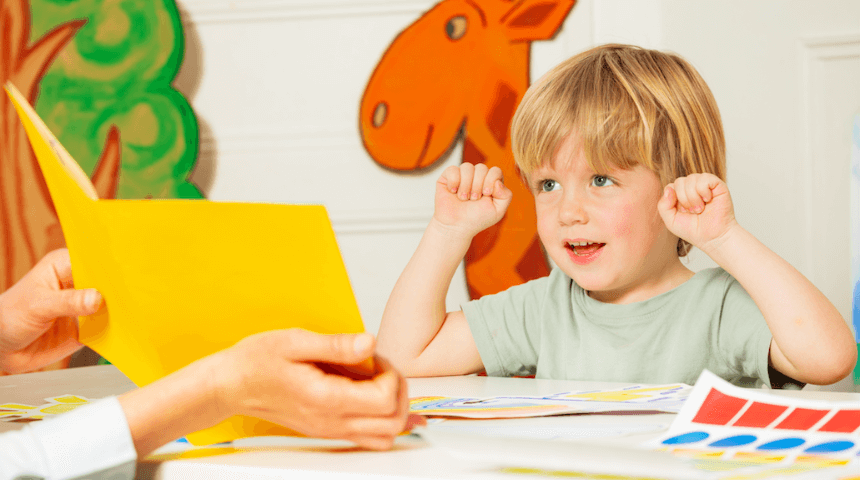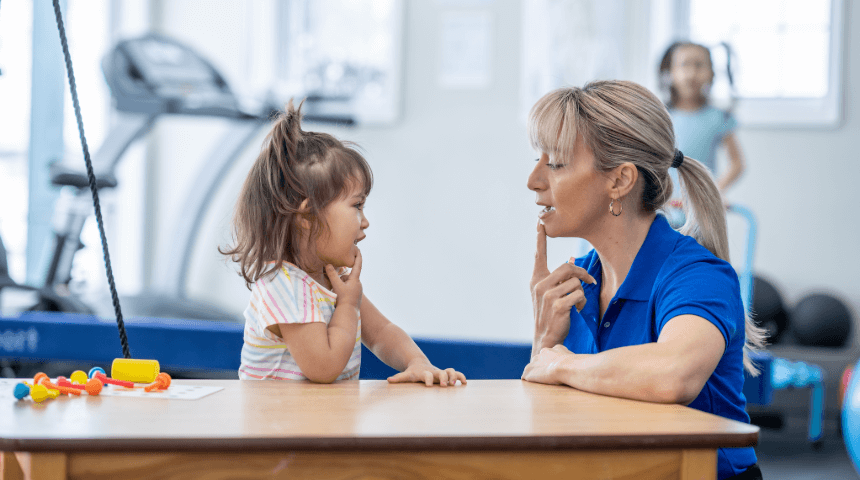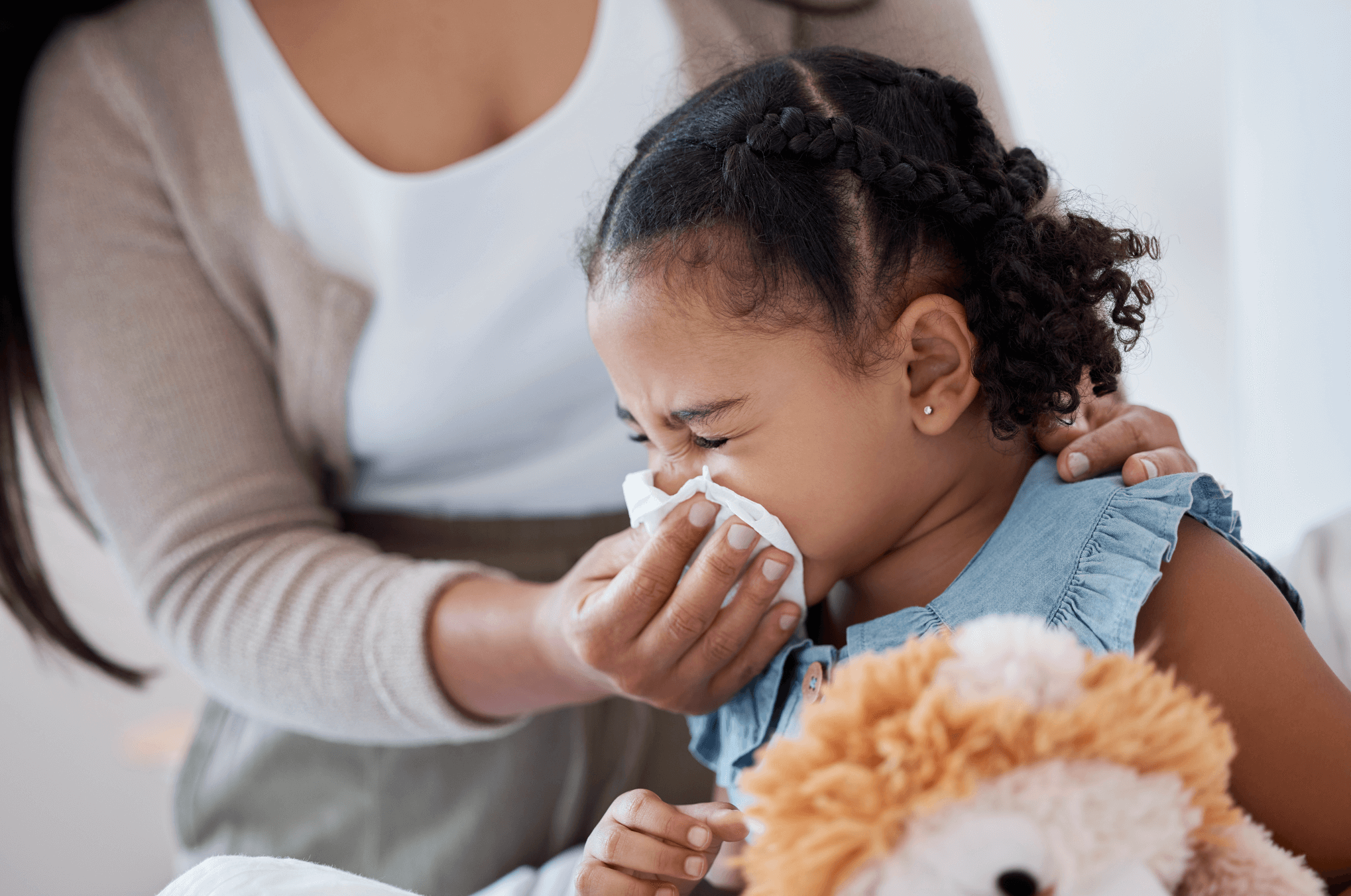Newborn Sleep Safety: Preventing SIDS
One of the most frequent concerns of new parents is getting their baby to sleep. And when it comes to this topic, there is no shortage of advice offered by family members, products to buy to make sleep easier, and advertisements to convince you of your need for these things.
When we talk about babies and sleep, let’s not forget the most important consideration: safety.
SIDS and Sleeping
Sudden infant death syndrome (SIDS) is the third most common cause of infant death and the leading cause of death for babies older than 12 months in the United States. SIDS is a classification that’s given when, after a thorough investigation, the cause of an infant’s death cannot be explained.
Although SIDS can be a confusing designation since its causes are not fully understood, the occurrence of SIDS is known to be closely tied to the sleep position and conditions of the infant.
A Safe Sleep Environment
The American Academy of Pediatrics (AAP) offers detailed recommendations to ensure you are creating a safe sleep environment for your newborn. Here are some things you should keep in mind when putting your baby to bed:
Always place babies to sleep on their backs. Infants who sleep on their tummy or on their sides are at much greater risk of death due to SIDS than infants who sleep on their back. Babies should be put to sleep on their back each and every time they sleep until 1 year of age. Once the child learns to roll over, if he rolls to his side or tummy on his own during sleep, you don’t need to reposition him. However, continue placing him on his back at the outset of sleep.
Be sure your crib meets current safety standards. If possible, use a new crib, as older cribs may not meet current safety guidelines. Use a firm mattress that fits snugly inside the crib. Check the Consumer Product Safety Commission’s (CPSC) guidelines to ensure that your crib meets all the current safety recommendations.
Be sure the crib is free of any pillows, blankets, toys — even bumpers. Use only a fitted sheet that tightly covers the crib mattress. Do not use blankets, comforters, pillows or any other loose items in the baby’s sleep area. Infants who are exposed to soft sleep surfaces such as these are five times more likely to die of SIDS, regardless of their sleep position.
Even bumper pads which are frequently attached to the crib slats (and used for aesthetic purposes) are no longer recommended, as babies can be entrapped or suffocated by them.
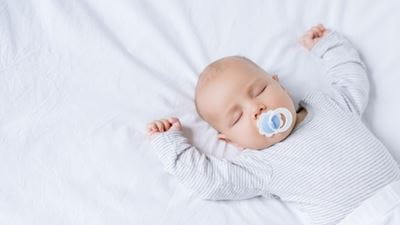
Don’t allow babies to sleep on sofas, chairs, cushions or blankets. Soft sleep surfaces can increase a baby’s risk of death. The safest place for baby to sleep is on a firm surface within a crib, bassinet, play yard or portable crib.
Be sure to discuss sleep position with all childcare providers. Each person who cares for your child (even grandparents and family members) should be given specific instructions to put baby to sleep on her back.
Never allow baby to sleep in bed with you. It is recommended to sleep in the same room as your baby, but not on the same sleep surface. Consider placing a crib or bassinet in your room next to your bed. Sharing a bed with an infant increases the likelihood of suffocation, strangulation, falls, injury and death.
Don’t use sleep positioners, wedges or co-sleeping devices. Although sleep positioners and wedges often are used because of their claims to promote proper sleep positioning, help with reflux, or decrease the risk of SIDS, they should not be used. The soft, compressible material of which they are made can pose the risk of suffocation and entrapment, and there is no evidence they are protective against SIDS. The safety of co-sleeping devices also has not been established and is not recommended.
It may seem like there are a million dos and don’ts when it comes to your baby and sleep, and what may have been acceptable a generation ago isn’t the standard now. Sometimes, even what was recommended with a first child is frowned upon by the time you’ve had another. If you have questions about how to make sure your newborn is safe while sleeping, be sure to ask your pediatrician. Knowing all of the current safety information will help your baby (and you) sleep more soundly.
Are You Interested in Learning More?
Sign up for our e-newsletter for more tips and best practices from pediatricians.
Sign Up Here





